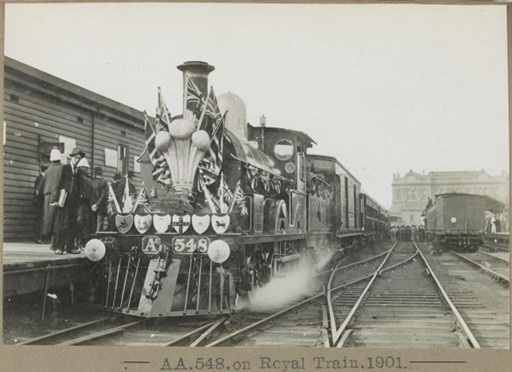
Australia and the Commonwealth
The Commonwealth has its roots in the British Empire, where Britain held political control over a range of countries across the world.
Throughout the 19th and 20th centuries, certain countries gained various levels of freedom from Britain and its imperial rule, with semi-independent countries subsequently known as ‘Dominions’. At an international conference in 1926, the Dominions agreed that they were all equal members of a community within the British Empire—they were therefore loyal to the British king or queen, but were not ruled by the United Kingdom. This community was named the ‘British Commonwealth of Nations’ or just ‘the Commonwealth’.
King George VI was the first Head of the Commonwealth, with Queen Elizabeth taking on this role upon his death. However, the British king or queen is not automatically Head of the Commonwealth, with Commonwealth member countries holding the power to choose who assumes this role.
Australia has played an important part in the Commonwealth. For example, the country had a crucial role in supporting the British Empire during the Second Boer War and First World War. Into the 21st century, Australia’s modern role in the Commonwealth aims to support good governance, human rights and democratic norms, as well as promote sustainable development. This also includes recognising the shared intrinsic and historical connections with the British Empire as a base for stability and security among member nations.
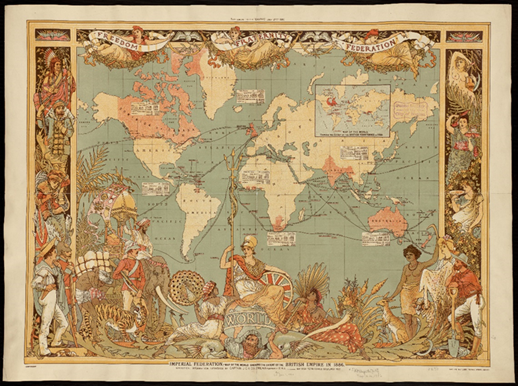
Railways in Australia
Railway infrastructure on the Australian continent had expanded swiftly across the colonies by the late 19th century. Construction on major railway links between large urban centres, including Sydney to Parramatta and Melbourne to Geelong, began during the 1850s—though without a standard gauges across the network, interstate travel was particularly difficult as passengers had to transfer to another train to continue their journey—the gauge across the network was not standardised until 1962.
At the outset of railway building in Australia, the traditional knowledge of Aboriginal elders was crucial in planning and laying tracks, as they understood the terrain and could locate water sources for workers. The railway industry in Maitland (in the traditional districts of the Awabakal and Wonnarua nations also known as Newcastle & Hunter Valley), has its roots in the Awabakal peoples. The railways of this region were built in no small part because of the Indigenous peoples of this region. First Nations Australians first located the region’s coal, and defined trade routes on and around the river. Later, they laid the track and built the lines for the region’s coal industry as private contractors, and built the boilers for the locomotives at BHP Steelworks.
Elsewhere across the nation, First Nations Australians laid the same tracks on which the trains are running today as they did when Queen Elizabeth first rode upon them almost 70 years ago. There were distinctive contributions of Australian First Nations peoples in the railways, and whose traditions had served the industry.
What was the royal tour?
Royal tours have been a common practice by the British monarchs since the early Middle Ages—from surveying their realm and organising diplomatic meetings with neighbouring powers, to crusades and even exile. Historically, the royals would have used a range of forms of transport to undertake the tours. Notably for us, though, with the development of locomotive in the 19th and 20th centuries, this form of transport became a tangible and significant device that supported more ambitious tours across continents to reinforce imperial ties.
The timeline below sets out over 100 years of tours to Australia by British royals—truly the scale of time and the frequency of visits clearly shows how Australia was important for the royals throughout the 20th century.
1867–1868: Prince Albert, Duke of Edinburgh
1901: Prince George, Duke of Cornwall and York (King George V) & Mary of Teck (Queen Mary)
1920: Edward, Prince of Wales (King Edward VIII)
1927: Prince Albert, Duke of York (King George VI) & Elizabeth Angela Marguerite Bowes-Lyon (Queen Elizabeth the Queen Mother)
1934: Prince Henry, Duke of Gloucester
1954: Queen Elizabeth & Prince Phillip, Duke of Edinburgh
1958: Queen Elizabeth The Queen Mother
1959: Princess Alexandra of Kent
1963: Queen Elizabeth & Prince Philip (on the Royal Yacht Britannia)
1964: Princess Marina, Duchess of Kent
1965: Prince Henry, Duke of Gloucester and his wife Alice, Duchess of Gloucester
1966: Queen Elizabeth the Queen Mother
1969: Prince Edward, Duke of Kent and Katherine, Duchess of Kent
1970: Queen Elizabeth, Prince Philip, Duke of Edinburgh, Charles, Prince of Wales & Princess Anne (by railway, plane, yacht, and car)
1977: Queen Elizabeth
1983: Prince and Princess of Wales (Charles & Diana)
1988: Charles & Diana, Prince and Princess of Wales, The Duke and Duchess of York, and Prince Edward, Duke of Kent and Katherine, Duchess of Kent for the Australian Bicentenary and later Queen Elizabeth & Prince Philip, Duke of Edinburgh for Expo 88 (this was the last year using the railways for royal tours)
Diplomacy
The royal tours in Australia were a diplomatic affair in both war and peace times. At the turn of the 20th century, the British Empire faced the challenge of conflict with the Transvaal Republic in South Africa, known as The Second Boer War (1899–1902). For the Australian colonies, this was a crucial moment that generated the federation movement, as for the first time, the volunteer corps from News South Wales, Victoria and South Australia were seriously considered allies. The Duke and Duchess of York and Cornwall’s (King George V and Queen Mary) royal tour in 1901 to a newly federated Australia was necessary to strengthen the imperial ties and the loyalty of the colonies in support of the British Empire’s cause in South Africa, as well as to promote a sense of patriotism, militarism, and English unity. A later example, during the Great Depression, Prince Henry, Duke of Gloucester, visited Australia in 1934 with two important tasks to achieve. In this time of relative peace, the purpose of the tour was to commemorate Queen Victoria’s centenary and to launch the first oversea mail service for the Queensland and Northern Territory Aerial Services (Q.A.N.T.A.S.) at Archerfield Aerodrome.
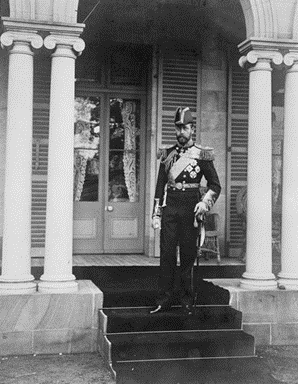
Travelling in style
Numerous luxury carriages were developed for the express use of royalty, governor generals, and other important officials. Two special custom carriages were used by the visiting royals. The first was built by Eveleigh Railway Carriage Workshops in Sydney in 1901 for the newly appointed Governor-General of Australia, John Hope. This survives and is held by Sydney’s Powerhouse Museum. It features 311 hand carved wooden panels of Australian cedar and English oak. No expense was spared, with intricate carvings crafted from Australian flora, etched glass panels, luxury carpets, felts and gold-plated items all attest to the prestige given to royals on their tours. Future monarchs would later use this carriage, including Queen Elizabeth II on her 1954 Australia tour.
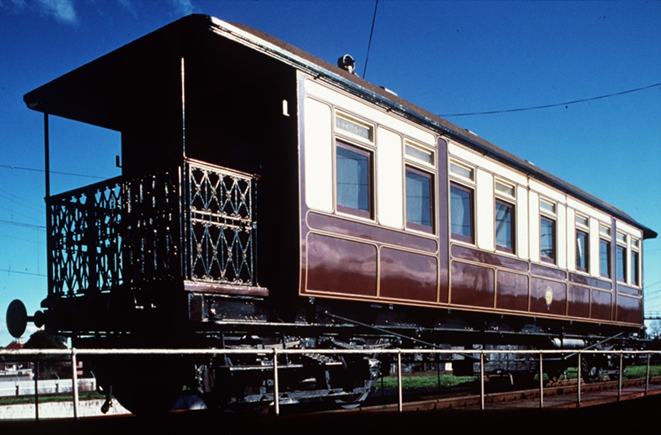

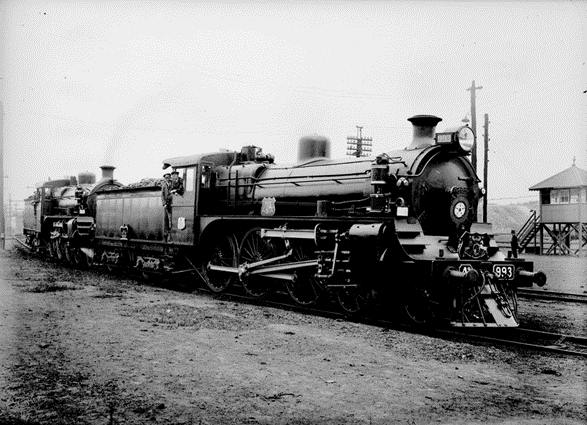
The railways were also an important way for the Australian public to see the visiting royals. Extra trains were required during Queen Elizabeth’s 1954 visit to Benalla. A staggering 55,000 people used all possible transport to see the royals, travelling to the town either on horseback, truck, bus, and special trains. But not everyone was so enamoured by the British royals. During the 1927 royal tour by Prince Albert, Duke of York (King George VI) & Elizabeth Angela Marguerite Bowes-Lyon (Queen Elizabeth the Queen Mother), one of the five royal carriages was vandalised with a stone projectile when the train was passing through to Albury from Melbourne. Police suspected that it was the ‘act of boys or some irresponsible adult’.
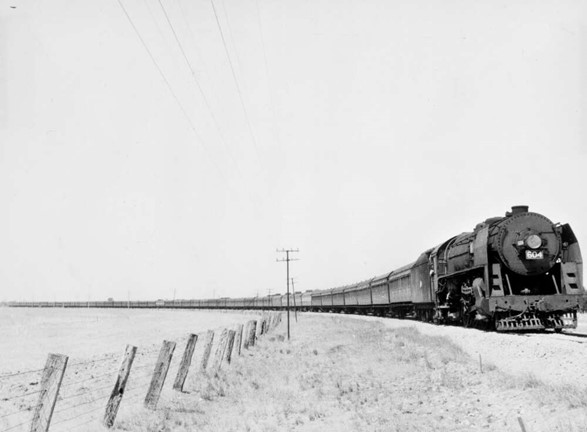
After nearly 120 years, the railways were due to be retired as the means of conveying the royal tours. They still, however, took part in the spectacle into the 1980. In 1988, Queen Elizabeth and the Duke of Edinburgh returned to Australia to open Expo 88. The royal train was met with the expected cheers and flags from the thousands of children along South Geelong railway station platform, many of whom had arrived on a staggering 86 buses to see her Majesty. The crowd was so large that some even stood on roof tops and verandas.
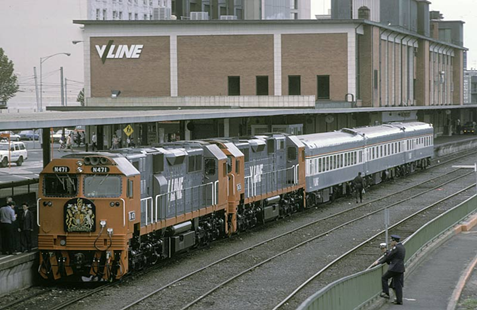
http://www.victorianrailways.net/photogallery/gall05/05-15.html
The Royals and the First Nations People
As the first royal to visit the continent, the forms and functions of the royal tours in Australia were significantly set by Prince Alfred. The manner of Alfred’s engagement with Indigenous groups would likewise set precedent for the attitude of state governments and royal expectations, as well as the hopes of First Nations and non-Indigenous persons seeking reconciliation on a broader scale.
Work on the Australian rail network was in its early stages at the time of Alfred’s visit to Australia from 1867-68. Even from this time in the late 19th century, as noted above, there was Indigenous Australian were involvement in the construction of the railways. While Alfred himself did not make rail travel a central means of traversing the nation, he did engage with and encounter First Nations Australians in many of the states and territories he visited.
Arriving at the meeting site from his temporary home aboard the HMS Galatea, the Duke and his retinue embodied a nomadic and unsettled people to the Ngarrindjeri (Southern Australia), to whom the Duke had come within their ancestral districts as an Indigenous people, and where they still resided on the Point MacLeay mission. The speech of greeting given by a Ngarrindjeri representative, however, was delivered by an adolescent in Western dress, rather than a senior person of the Indigenous community. Though the assent of the local elders was implicit by their presence in traditional costume stood alongside the youth, George Pantunni, as he gave the address, the language of the speech prepared in the context of the Congregational mission to which he belonged re-asserted British identity and control.
Further incidents during the tour brought the complex relationships with and understandings of First Nation Australians by the British to the surface. Alfred was annoyed by the local Indigenous community’s attempts to spectate during a hunting trip, but his party welcomed the assistance of the native guides who accompanied them. Across the other encounters between Duke Alfred and First Nations peoples in the other states and territories of the nation, various hindrances from state government bodies created barriers between the wishes of indigenous groups and the visiting royal to interact. The patterns of interaction both given here and more broadly are both helpful in understanding the landscape—both literally and figuratively—that Queen Elizabeth would later encounter.
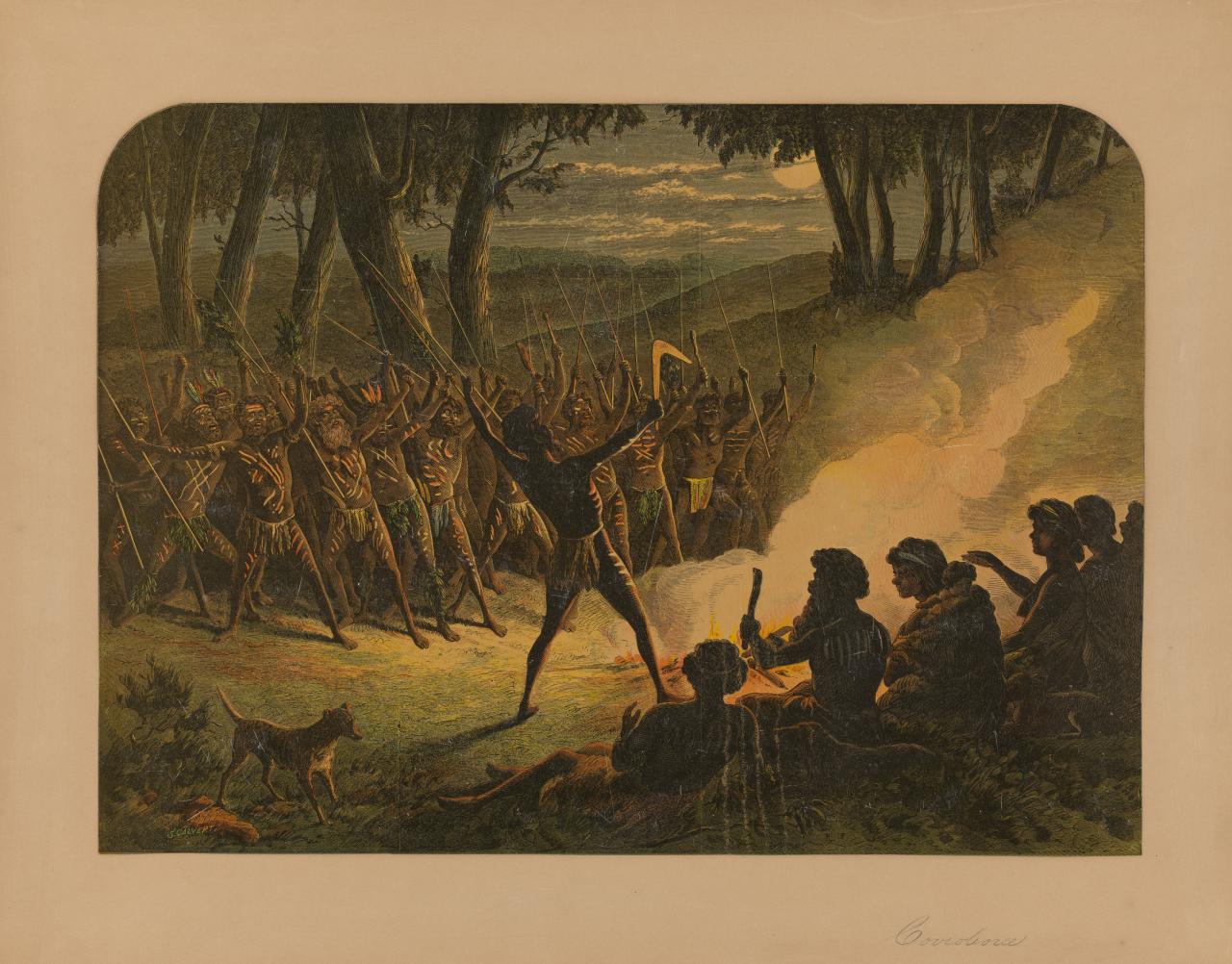
When Queen Elizabeth famously became the first reigning monarch to set foot upon Australian shores in 1954, she came to know very little about the indigenous histories on her tour. Within the tour’s itinerary, Australia was presented to a foreign ruler who was encountering her overseas dominion for the first time. Through the pages describing each stop and each expanse of countryside passed through, within the paragraphs explaining the importance of places and the ongoing change and modernisation occurring in both wilderness and settlement alike, there was something distinctly noticeable: the Indigenous peoples of the land were absent, invisible, and unknown. Though they participated in, and gave critical support to the very thing the itinerary (and governments at the time following the Second World War) presented as most important in the region, they went entirely unmentioned.
The guidebook supplementing the ‘Royal Itinerary’ for the Australian leg of Queen Elizabeth’s tour of her Dominions in 1954 contained information on the rugged landscape of Victoria through which she travelled. It provided context and details of the industry and modernisation that the railway she rode upon brought to the towns and country cities. But the history of the land, for all the guide describes, is less than a century old for the most part—with areas described in such ways as “the history dates back to the 1850s”. Crucially it suggested that there was no intermediate human habitation on the Australian landscape—it was either prehistoric and uninhabited terra nullius, or it is a part of the modernisation and industrial progress of an overseas empire. Yet the railway on which Queen Elizabeth travelled, and whose very presence in the land is a powerful declaration of control, industrial progress, and modern economic interests, owed that presence in no small part to Australian First Nations peoples.
The ‘Digger Prince’ and his near miss
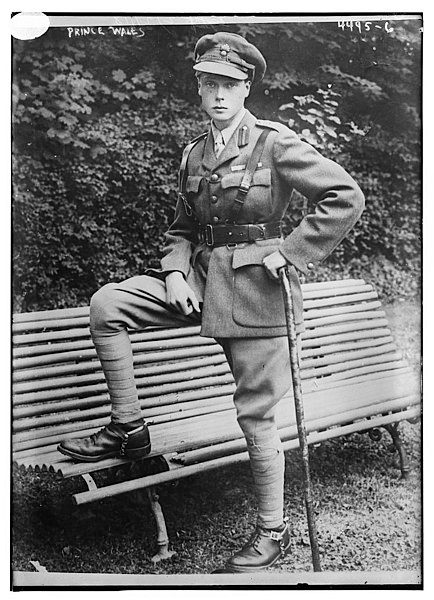
https://commons.wikimedia.org/wiki/File:Prince_Wales_LOC_25183261081.jpg
In 1920, the 26-year-old Edward, Prince of Wales set sail for Australia and New Zealand on the HMS Renown. Loyalty to both King George V and ‘the mother country’ was strong; Australians had, for the most part, enthusiastically volunteered to enlist in World War I. At the time, Australians exhibited a strong sense of patriotism. They were proud of their place in the British Empire, and of their King. Prince Edward was a serviceman, and his tour was a gesture of thanks extended by King George V for Australia’s contribution to the war effort. As a lieutenant for the Grenadier Guards, he had actually never fought on the frontline, however this did not stop him from being immensely popular amongst Australians. The prince made it his duty to personally thank veterans throughout the tour, and Australians affectionately heralded him as “the digger prince”. A poem printed in The Express and Telegraph in 1920 wrote of the prince endearingly:
You “carried on”, a soldier blithe and gay,
And proved your worth. So in our sportive way.
We styled you “Digger”, simple; homely name.
The tour consisted of an exhausting schedule that stretched over the Australian states of New South Wales, Victoria, Tasmania, Western Australia, South Australia and Queensland. The enthusiasm with which he was greeted meant that he had to take a week’s break from official duties, and amusingly resorted to shaking hands with his left hand, when his already stressed right hand could not keep up with the apparently vigorous handshakes he had to endure.
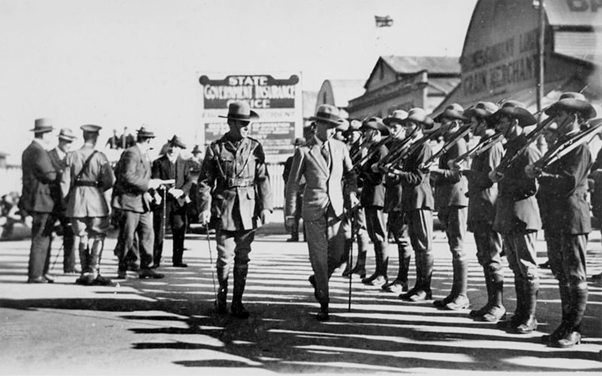
https://commons.wikimedia.org/wiki/File:StateLibQld_1_67671_H.R.H._Edward,_Prince_of_Wales,_visiting_Warwick,_July_1920.jpg
Railways played an important part in the tour, although it turned out this technology was not nearly as reliable as could be hoped. Minor disaster struck when the train tracks between Sydney and Perth were weakened by rain, resulting in the Prince’s train being derailed near Bridgetown in Western Australia. There were no serious injuries, and the prince took the accident in good faith. A newspaper article quoted the Prince referring to the derailment as “great fun”. Despite his nonchalant remarks, the railway which was no doubt a point of pride for many Australians could hardly be impressed by his remark that “I knew somehow this bally train would go off the line”.
Despite the mishaps, the tour was a great success in public relations. In spite of this, the rigourous itinerary prevented Edward from truly being acquainted with the Australia of its people. Prince Edward had this to say in his book:
“I had a fine time in Australia. I liked its bigness, its adventurousness and its courage. But I must admit, without appearing ungrateful, that as personal experience the enjoyment of my journeyings in Australia was somewhat marred by the demands made upon me by the rigorous official schedule. The programme was my master; I did my best to obey. Just as I was beginning to absorb a few elementary facts about some place and to know a few people, the itinerary would reassert itself; I would be obliged to move on”
Prince Edward’s tour demonstrates the strong ties between colonists in Australia and the British monarchy in the early 20th century. Railways too played an essential role in the functioning of the tour, even if they were not always as reliable as hoped. Australians embraced ‘the digger prince’ enthusiastically, demonstrating the extent that loyalism remained strong in the colony. Prince Edward seems to remember the tour fondly, even with the mishaps and intensive itinerary.
Reflecting on the royals
As students in, and being natives of, Australia, it was wonderful to learn new and interesting information on aspects of our own cultural heritage, and how these events have had a significant role in shaping our national identity. Who knew that the railways and royals would somehow bring into focus these unique moments that could have easily remained either lost through the pages of newspapers, sat idle in reel cans, or waiting on digital archives to be seen.
A wonderful (and unexpected) discovery during this process was found at the Powerhouse Museum, Sydney—very much hidden in plain sight, a royal carriage sat dormant as part of an array of other locomotive exhibits was fantastic to interact with knowing its strong connections with the British royals.
Our aim was to reveal histories and new stories to you from our Australian perspective. We hope you found these stories as intriguing as we did when researching them and why they matter as national identity builders. This could not have been possible without railways.
And we hope, in line with your Platinum Jubilee celebrations, that this blog post has given you new information about Australia’s considerable role in the Commonwealth and its long history connecting it to Britain, its royals, and the railways.
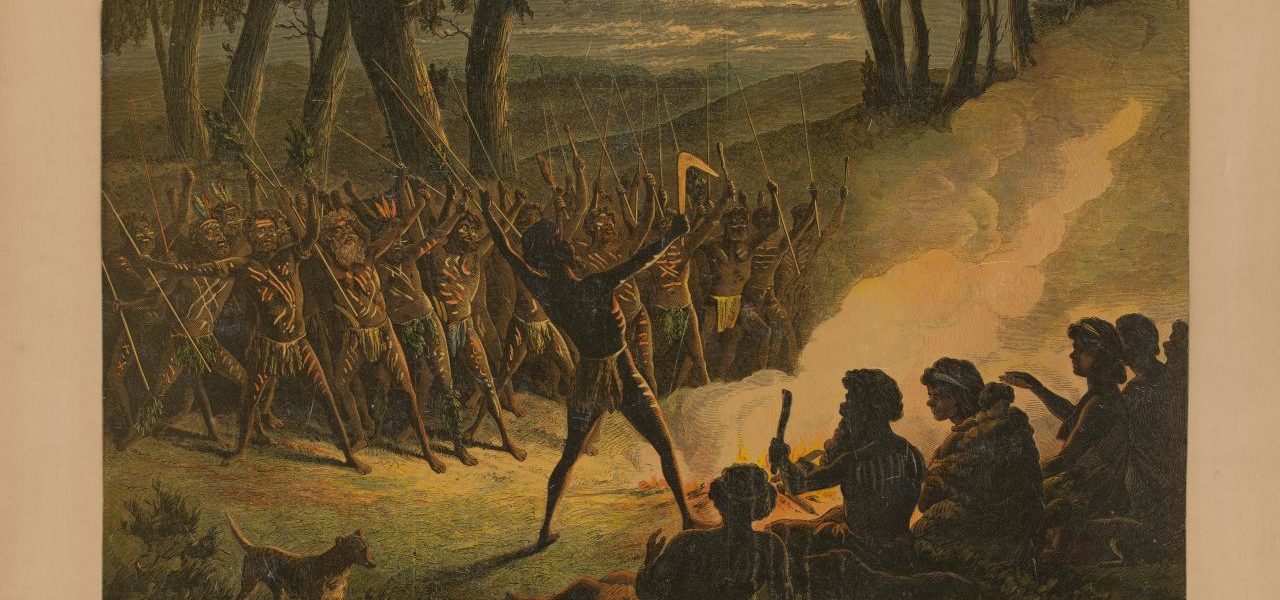
Much more recently, Queen Elizabeth used a Melbourne tram for a short journey.
This is a great post and with plenty of interesting visuals to accompany your work. I’d love to read more on the ‘frustrations’ these visiting royals may have experienced. Often for these touring royals there was quite a balance between duty and personal interests/inclinations.
Thanks for writing this piece!